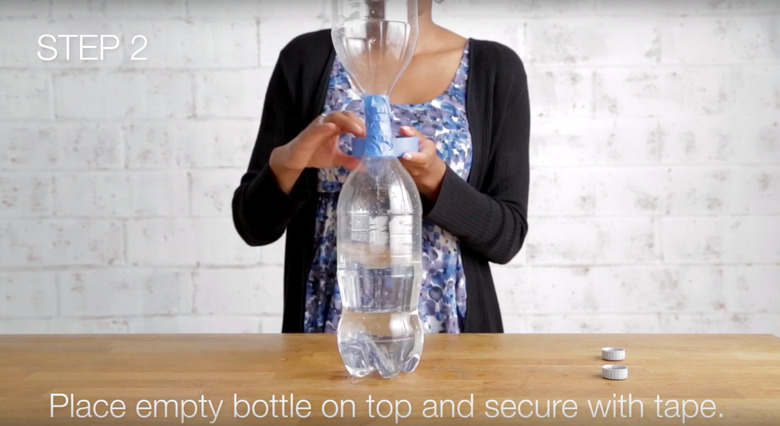Natural Disaster Project Ideas
The wrath of Mother Nature is unpredictable at times. Having a solid understanding of the factors that cause natural disasters is the first step in being able to predict them. Although natural disasters such as earthquakes, floods, volcanic eruptions, tornadoes and hurricanes cannot be prevented, natural disaster projects can give students a unique perspective on the factors that contribute to them.
Volcano Project
A volcano can be seen as one of the beautiful vistas in nature worth taking in until it becomes active and violent. There are many different types of volcanoes on Earth. Some of them are high, peaked mountains that spew hot lava. Others are merely vents in the earth that spew hot gas and lava from their center. A classic, mountain-like volcano is a fairly easy science project for kids of any age.
Mold clay into a conical mountain shape, leaving a deep hole in the peak of the mountain. Make sure the hole is large enough to fit a small film canister into it. Fit the canister down into the hole in your volcano, leaving the top off so that liquid can be poured into the canister.
Pour a tablespoon of baking soda into the canister. When you're ready for an eruption, add about a tablespoon of plain vinegar. Experiment with different amounts of baking soda and vinegar to get different amounts of force from your "lava." Consider setting up a small town, trees and shrubs or other signs of life on the outskirts of your volcano to add a realistic effect.
Tornado Project
A tornado is a tall column of spinning air that can cause a path of destruction when touching the ground. You can simulate a tornado with some water and a pair of soda bottles.
1. Fill one bottle with two-thirds water
Fill one bottle up to the halfway point with water. Leave the top off.
2. Place empty bottle on top
Take the cap off of the second bottle and put them cap-sides together, so that one bottle is inverted on top of the other. Tape them together like this, using plenty of tape to make sure that air or water does not escape from the spaces between the bottles.
3. Turn over bottle and rotate
Turn this contraption over and swirl it around a few times. A funnel should form. The movement of the water in the bottles can simulate the movement of air in a real tornado.
Earthquake Project
An earthquake science project may be the tastiest natural disaster simulation of all. Earthquakes are caused by the friction of two tectonic plates floating over molten lava. When they become unstable and move, an earthquake is the result. Make an instant pudding and refrigerate it until it becomes thick. Cut the pudding away from the edges of the dish with a knife, and slice the pudding down the middle to make two large plates. Use two spoons to push your pudding "tectonic plates" together and see what happens at the point where they collide. In real life, this collision point would be the fault line for an actual earthquake.
Applying the Facts
Observe your natural disaster projects and make inferences about things that can be done to safeguard people against the sometimes unpredictable and disastrous effects of Mother Nature. Consider ways to institute an evacuation plan, safeguard your house, or stock up items to have in the event of one of these natural disasters. Share this plan with your friends, family and other students and work on putting it into play in the event that you ever need it.
Cite This Article
MLA
Campbell, Nicole. "Natural Disaster Project Ideas" sciencing.com, https://www.sciencing.com/natural-disaster-project-ideas-8088142/. 13 September 2019.
APA
Campbell, Nicole. (2019, September 13). Natural Disaster Project Ideas. sciencing.com. Retrieved from https://www.sciencing.com/natural-disaster-project-ideas-8088142/
Chicago
Campbell, Nicole. Natural Disaster Project Ideas last modified August 30, 2022. https://www.sciencing.com/natural-disaster-project-ideas-8088142/


